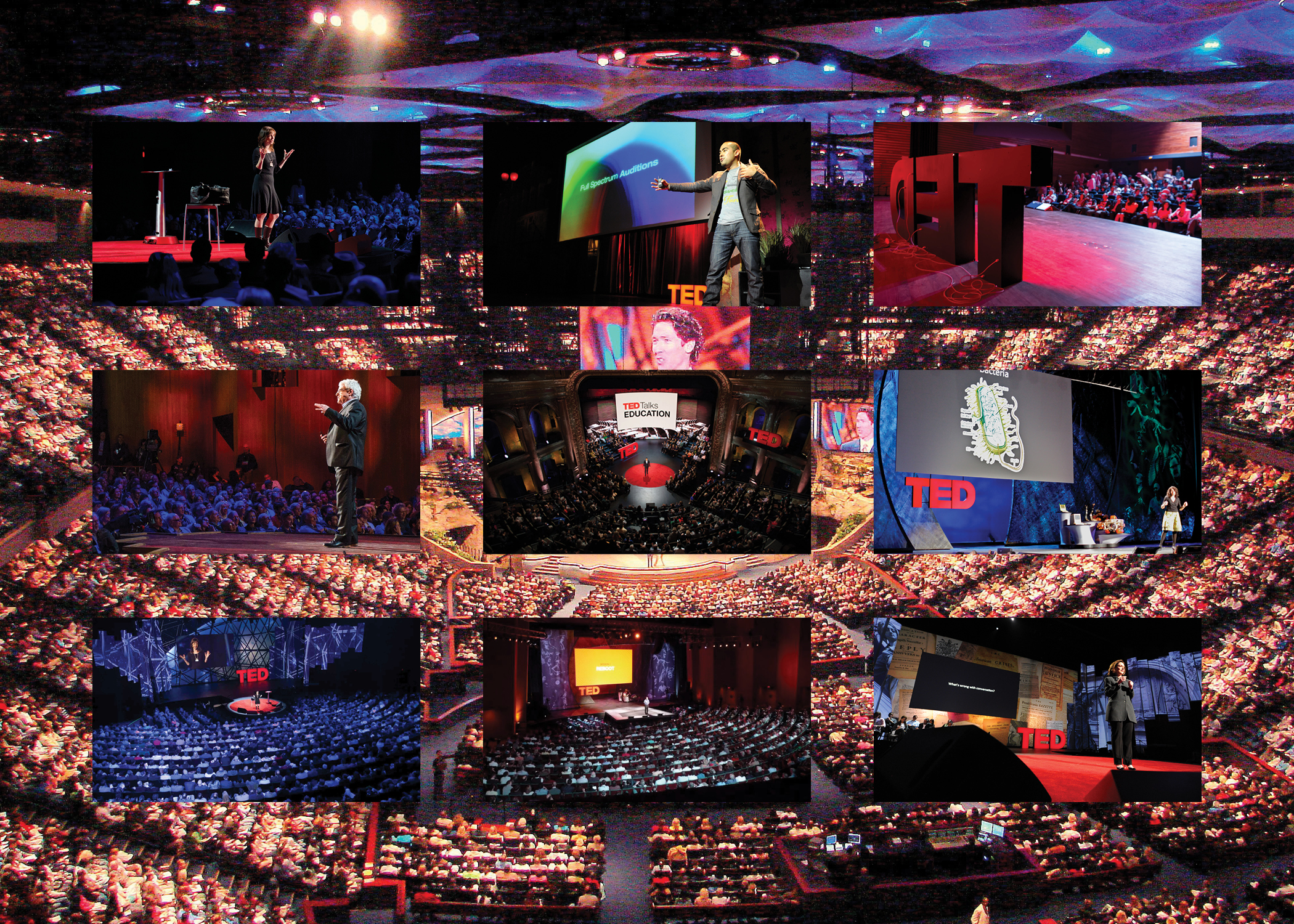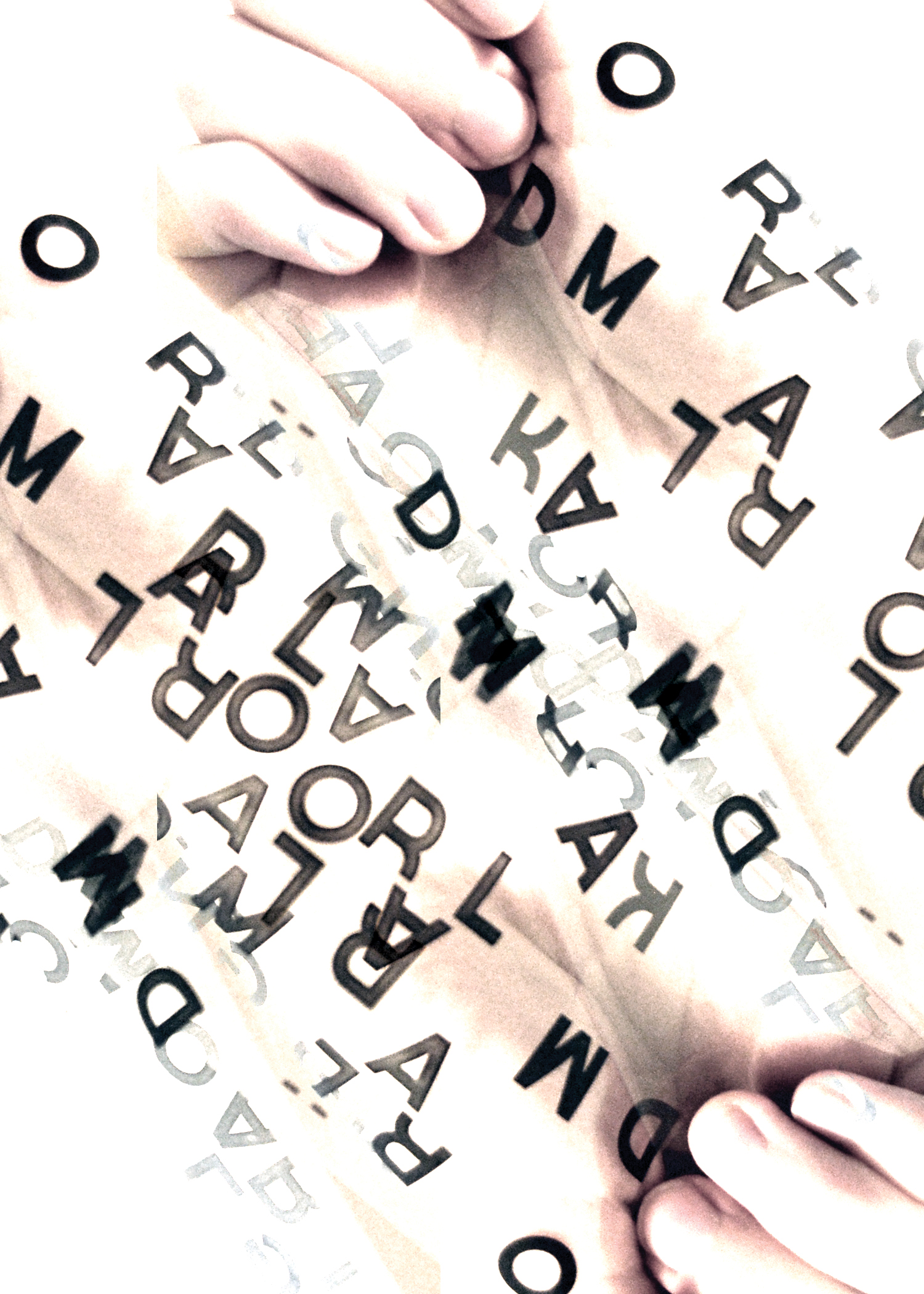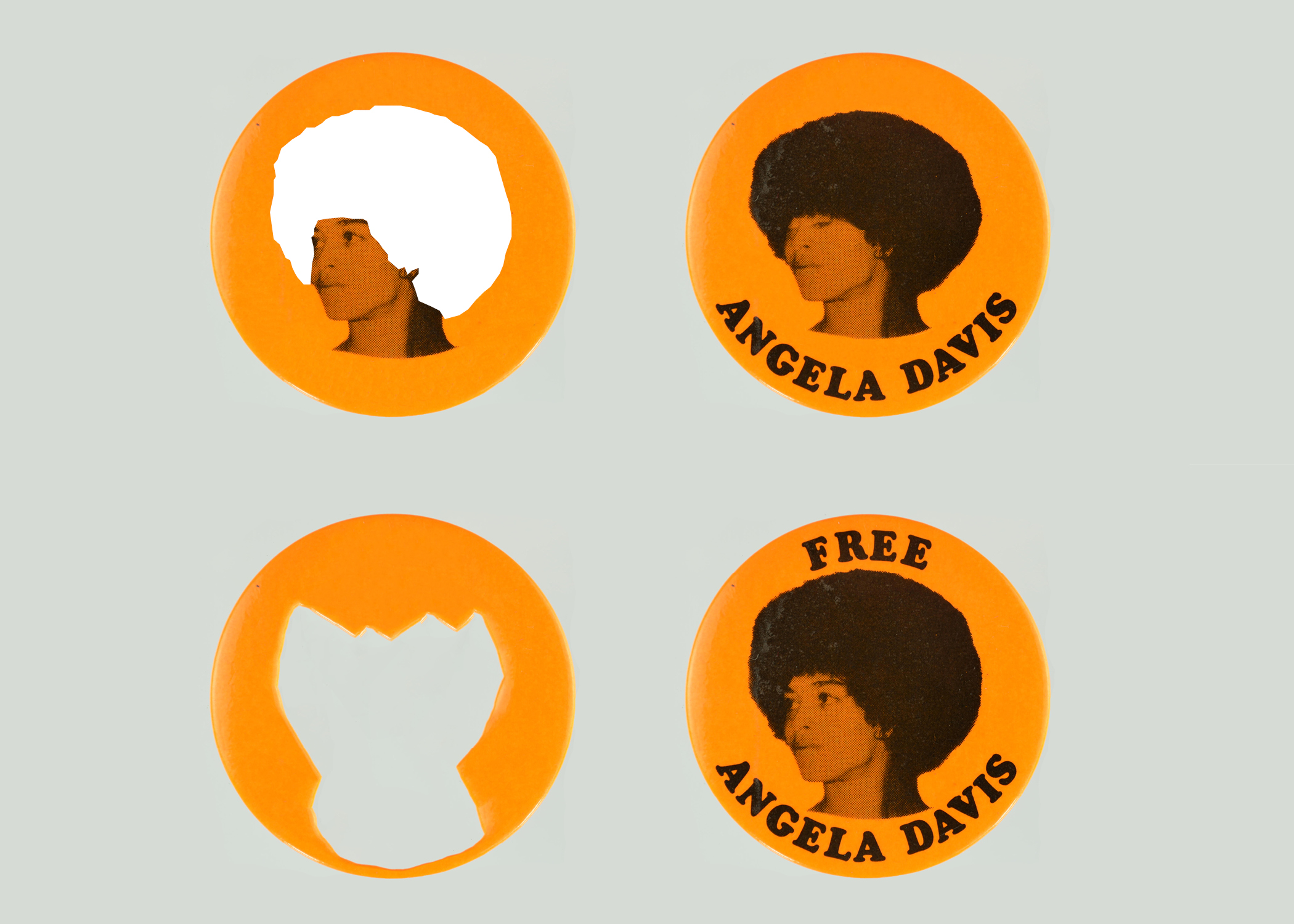Visual Notetaking
To accompany a text I am reading at the time, I’ve created quick, single images using a consistent 5" x 7" format. Going back and forth between the visual and the textual results in a low-stakes imagemaking exercise for myself that functions as a sensemaking strategy, an alternative approach to notetaking, as well as a potentially generative tool that pushes beyond the original language.
The original reference (a mere title, a longer excerpt, or my own marginalia from my notebook) for my visual responses accompany each image shown here.
5" x 7" digital images. Ongoing since 2014.
The original reference (a mere title, a longer excerpt, or my own marginalia from my notebook) for my visual responses accompany each image shown here.
5" x 7" digital images. Ongoing since 2014.

“Trauma discourse has allowed me to ask about the connection between girls like me feeling bad and world historical events. To do so, though, has necessitated grappling with an apparent gender divide within trauma discourse that allows sexual trauma to slip out of the picture. Sometimes the impact of sexual trauma doesn’t seem to measure up to that of collectively experienced historical events, such as war and genocide. Sometimes it seems invisible because it is confined to the domestic or private sphere. Sometimes it doesn’t appear sufficiently catastrophic because it doesn’t produce dead bodies or even, necessarily, damaged ones. Although one feminist response has been to argue for the inclusion and equation of sexual trauma with other forms, my hunch has been that its persistent invisibility actually demands a quite different approach, one that can recognize trauma’s specificities and variations. Thus, my argument is not necessarily for the inclusion of lesbian sites of trauma within trauma studies or the national public sphere; I am instead interested in how these lesbian sites give rise to different ways of thinking about trauma and in particular to a sense of trauma as connected to the textures of everyday experience. Moreover, in focusing on cultural responses to trauma, I resist the authority given to medical discourses and especially the diagnosis of traumatic experience as post-traumatic stress disorder (PTSD).”
Ann Cvetkovich, An Archive of Feelings: Trauma, Sexuality, and Lesbian Public Cultures (Durham: Duke University Press, 2005), 3-4.
Ann Cvetkovich, An Archive of Feelings: Trauma, Sexuality, and Lesbian Public Cultures (Durham: Duke University Press, 2005), 3-4.

“At TED, ‘everyone is Steve Jobs’ and every idea is treated like an iPad. The conferences have come to resemble religious meetings and the TED talks techno-spiritual sermons, pushing an evangelical, cultish attitude toward ‘the new ideas that will change the world.’ Everything becomes ‘magical’ and ‘inspirational.’ In just the top-ten most-viewed TED talks, we get the messages of ‘inspiration,’ ‘astonishment,’ ‘insight,’ ‘mathmagic’ and the ‘thrilling potential of SixthSense technology’! The ideas most popular are those that pander to a metaphysical, magical portrayal of the role of technology in the world.”
Nate Jurgenson, “Against TED,” The New Inquiry, February 15, 2012, http://thenewinquiry.com/essays/against-ted/.
Nate Jurgenson, “Against TED,” The New Inquiry, February 15, 2012, http://thenewinquiry.com/essays/against-ted/.
“Arguably, it is this difficult and dangerous task of disarticulation, specifically the displacement of a powerful, socially determinant ‘law and order’ common sense that remains the most undertheorized dimension of contemporary struggles for social transformation. A generalized climate of (moral) defensiveness, political retreat, and pragmatic antiradicalism permeates the current critical discourse, such that the political and historical ground ceded to the punitive state and its defender-advocates mitigates against the flowering of new and creative knowledge productions.”
Dylan Rodriguez, “The Political Logic of the Non-Profit Industrial Complex,” in The Revolution Will Not Be Funded: Beyond the Non-Profit Industrial Complex, ed. INCITE! Women of Color Against Violence (Cambridge: South End Press, 2007), 36–37.
Dylan Rodriguez, “The Political Logic of the Non-Profit Industrial Complex,” in The Revolution Will Not Be Funded: Beyond the Non-Profit Industrial Complex, ed. INCITE! Women of Color Against Violence (Cambridge: South End Press, 2007), 36–37.


“Both within and outside design education and practices, design is conceived as a form of worldmaking or future-casting – sometimes utopic, at others dystopic, often based in market-driven logics or socially-driven goals (or, at some nexus of these). Increasingly, through the work of speculative or critical design, this engagement with possible worlds and futures is also a reimagining of design as a language for exploring the multiple shapes and ramifications of these possibilities. Ward and Wilkie argue that designers might be considered ‘material-semiotic storytellers’ who create ‘fictive scripts’ in which ‘propositions about the future are articulated in the present’ (2009: 5). DiSalvo proposes that designers can use ‘projection’ as a tactic that is ‘an advanced indication of what might be, informed by knowledge of the past and present, and rendered by means of a skilled supposition of how the ‘yet to come’ might occur and to what effect’ (2009: 52). He differentiates ‘projections’ from ‘prescriptions,’ aligning the latter more closely with scenario-building, which, he suggests, ‘direct[s] possible courses of action’ (53). The differentiation between ‘projections,’ as suggesting a range of possible futures, and ‘prescriptions,’ as designating one or a set of specific possibilities, presents a complex and nuanced set of questions about power, location, and the nature of the situations through and into which designers are working. This delineation is a valuable one for understanding that design can and does work in a range of ways to understand, represent, and conceptualize both present conditions and future possibilities, and to acknowledge that there is, in fact, a difference in stating (or making) how things ‘should be’ versus how they ‘might be’ (DiSalvo 2009: 53, citing Margolin).
Shana Agid, “Worldmaking: Working with Theory/Practice in Design,” Design and Culture 4, no. 1: 47–48.
Shana Agid, “Worldmaking: Working with Theory/Practice in Design,” Design and Culture 4, no. 1: 47–48.
“In the case of radical political posters, this miniaturization of the events or persons incarnated in poster-collecting represents a subtle or not so subtle form of cooption. The poster, at its origins a means of selling a commodity, is itself turned into a commodity. […] Those who produce this book, those like most people who will buy it and read it, live in counter-revolutionary societies, societies with a flair for ripping any object out of context and turning it into an object of consumption.”
Susan Sontag, “Posters: Advertisement, Art, Political Artifact, Commodity,” in The Art of Revolution: 96 Posters from Cuba, ed. Dugald Stermer (New York: McGraw-Hill, 1970), 196-218.
Susan Sontag, “Posters: Advertisement, Art, Political Artifact, Commodity,” in The Art of Revolution: 96 Posters from Cuba, ed. Dugald Stermer (New York: McGraw-Hill, 1970), 196-218.

“The designed object (and even more so, the designer object) is, in fact, one of the most difficult things to write about: critically, relationally, and in the frame of the imperative of sustainment. The sheer proliferation of designed stuff overwhelms. Where to start? Rich Gold dealt with this dilemma by writing about ‘stuff’ itself, which he named ‘the plenitude’ in an insightful little book of the same name. But what of the particular object-thing? One has to be interested in it, which for the most part means liking it. Yet appreciative commentary is not sufficient, and can so often slide into promotional hype. Writing about hated or annoying object-things has more potential, but perhaps even more promising is writing about object-things that provoke ambivalent feelings. The purpose of such design writing could be self-ethnography, where the self is seen not as singular or discrete, but as an effect of converging impressions—the self as a site of production of the unsustainable. Thus the project becomes one of critically examining one’s own formation as a consuming subject.”
Anne-Marie Willis, “Academe and Design Writing: On Design Writing,” Design and Culture 5, no. 1: 42.
Anne-Marie Willis, “Academe and Design Writing: On Design Writing,” Design and Culture 5, no. 1: 42.
